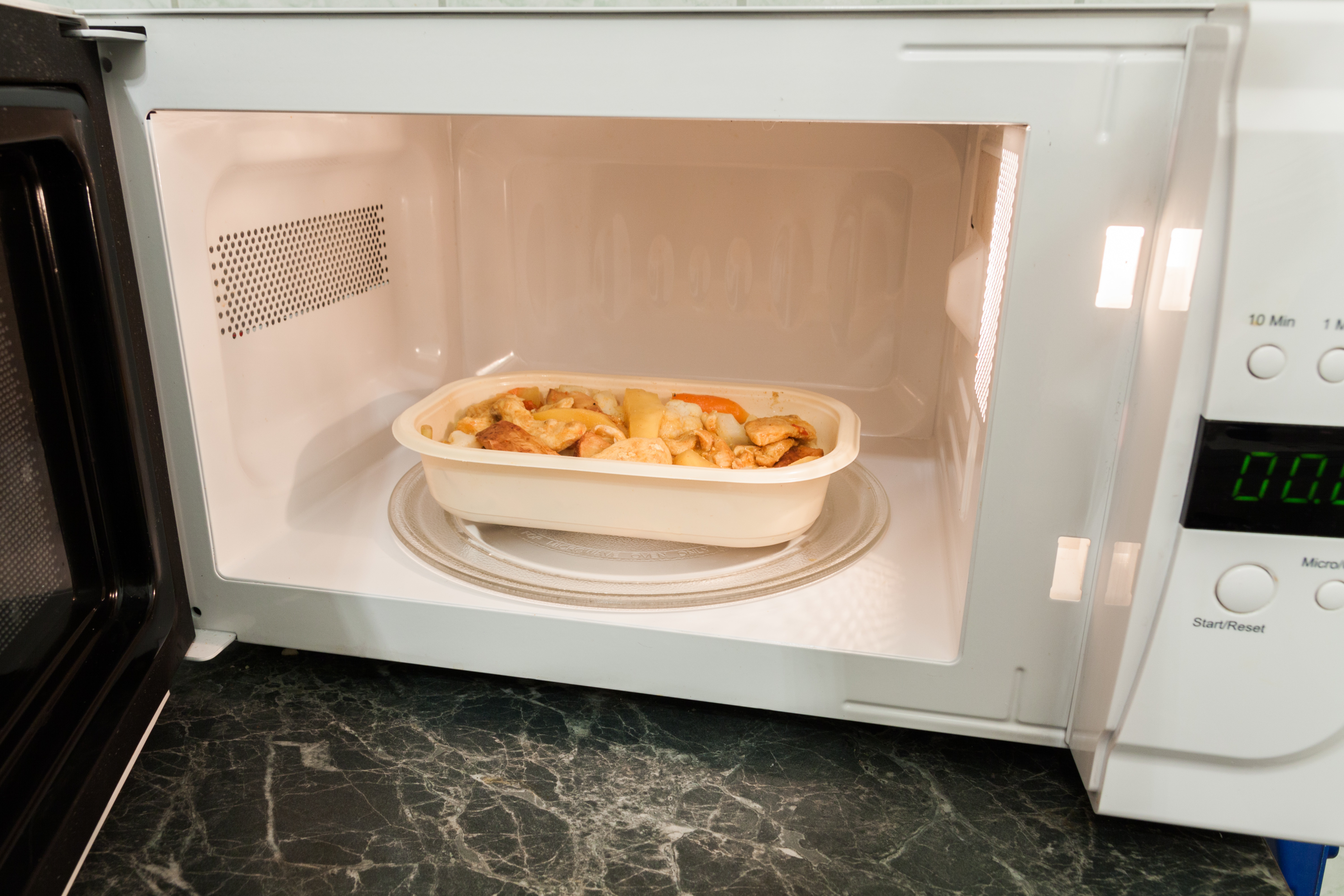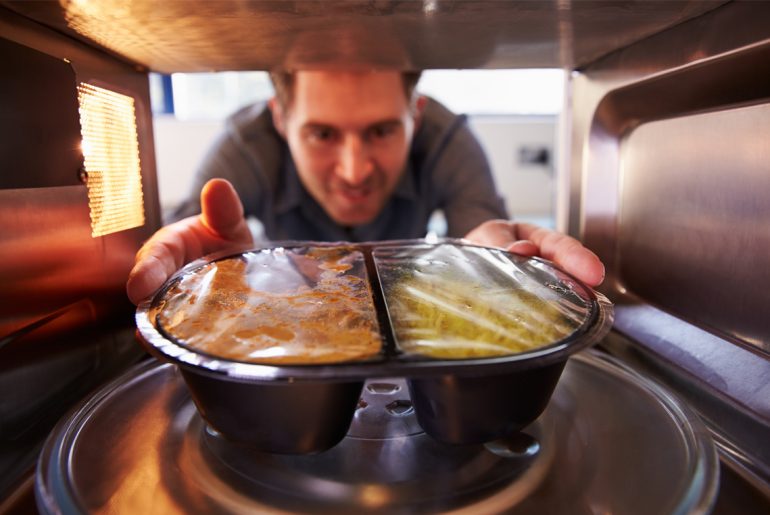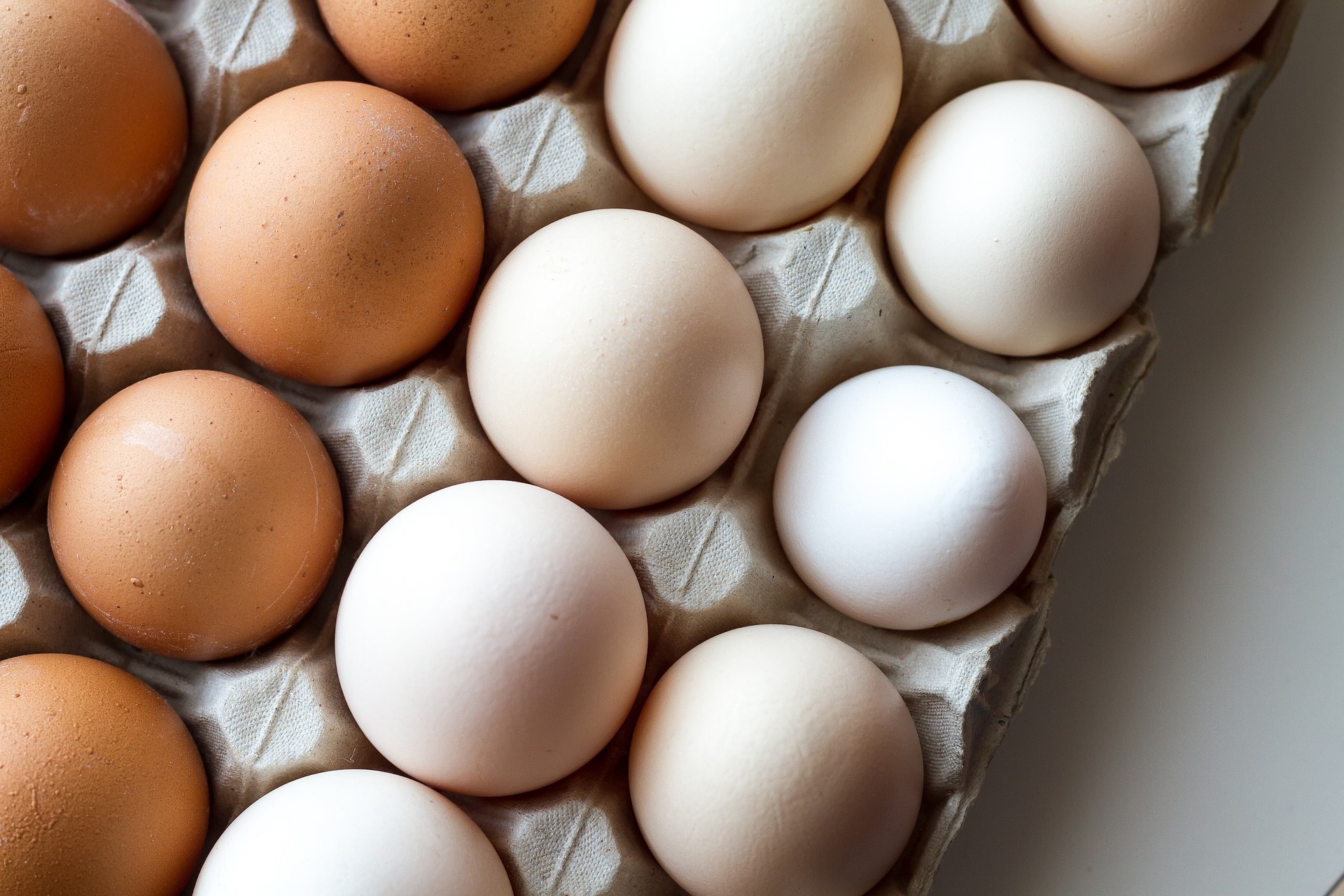The microwave is a magical place. Frozen dinners, hot water, and leftovers all become ready in mere minutes. Every year they save us countless hours of cooking and put that time back into our busy lives. Microwaves were probably even the first way you learned to feed yourself warm food as a kid. But just because microwave ovens are ubiquitous in homes, doesn’t mean they can’t be dangerous. From leaching heavy metals into foods to starting fires, there are a number of things that just can’t be microwaved. Here are a few you should look out for:
 MEAT
MEAT
If you forgot to defrost your chicken thighs in the fridge the night before, it can be tempting to toss them in the microwave for a while to speed up the process. But this simple step could actually be exposing you to harmful bacteria. Microwaves aren’t great at distributing heat, so thinner edges on your cut of meat can start cooking while the middle stays frozen. This can be a recipe for bacteria. According to the USDA, the safest way to thaw meat is overnight in your refrigerator.
CHINESE TAKEOUT CONTAINERS
Even small amounts of metal, like those handles on Chinese takeout containers, can cause problems. Metal and microwaves just don’t mix, and you could cause some sparking or even a full blown fire. Prevent problems and empty your cartons into glass bowls before reheating.

PLASTIC CONTAINERS
You’ve heard you shouldn’t reuse plastic containers for reheating but you do anyway. Here’s why you should reconsider: Plastics often contain estrogen-like chemicals like BPAs that can leach into your food when heated. A study published in the Environmental Health Perspectives found that 95 percent of the 450 plastic products tested for estrogen-like chemicals after microwaved. Even products touted as “BPA-free” were still found to release chemicals. But avoiding putting these chemicals into your body is easy — just transfer food directly to a dinner plate before reheating.
STYROFOAM
Think again about reheating that coffee if its in a styrofoam cup. Besides being the poster child for non-recylable materials, styrofoam releases harmful chemicals into your food if microwaved. Always reheat your food on a glass dish or paper towel.
NOTHING
Make sure you don’t accidentally press start before putting food in your microwave. According to the USDA, with no food or liquid to absorb the microwaves, the magnetron (what makes the microwave function) ends up absorbing the energy instead. This can damage your microwave or even start a fire.
CUPS OF WATER
If water is heated in a microwave for too long, bubbles may cease to form. Since this usually helps the liquid cool down, the water becomes superheated and at risk for violently boiling over when moved. Avoid scalding and only heat water the minimum amount of time needed.
YOUR trusty, old MUG
If you’ve had your favorite mug forever, or if you picked a cute vintage one up from a garage sale, you may want to reconsider actually using it as a drinking vessel. Many mugs made before the 1960s, including colorful Fiestaware, were glazed with materials that may contain lead or other harmful materials, according the The Smithsonian.
CERTAIN PLATES
The USDA warns to watch out for metallic-trimmed plates and bowls. Even if the metal is barely noticeable if may still react when microwaved. If you rely on the microwave for your cooking, it’s best to have some plain, glass plates on-hand that you know are safe and ready for the job.
HARD BOILED EGGS
If you’ve ever been tempted to cook an egg in the microwave (it even comes in its own container, right?), reconsider. Rapid heating from the microwave creates steam that builds up inside the egg which will cause it to explode, and cleaning up exploded egg is no easy task.
TRAVEL MUGS
This one might be obvious because many travel mugs are very obviously made of metal, and therefore, can’t be microwaved, but some aren’t as easy to tell. Check the bottom to see if it’s marked as “microwave safe” before reheating, and even then you may want to reconsider. “Microwave safe” only means that microwaving the item won’t cause damage to the item or to the microwave — but you still might have heavy substances leach into your food.
Also see, You can thank this woman for your frozen dinner.





